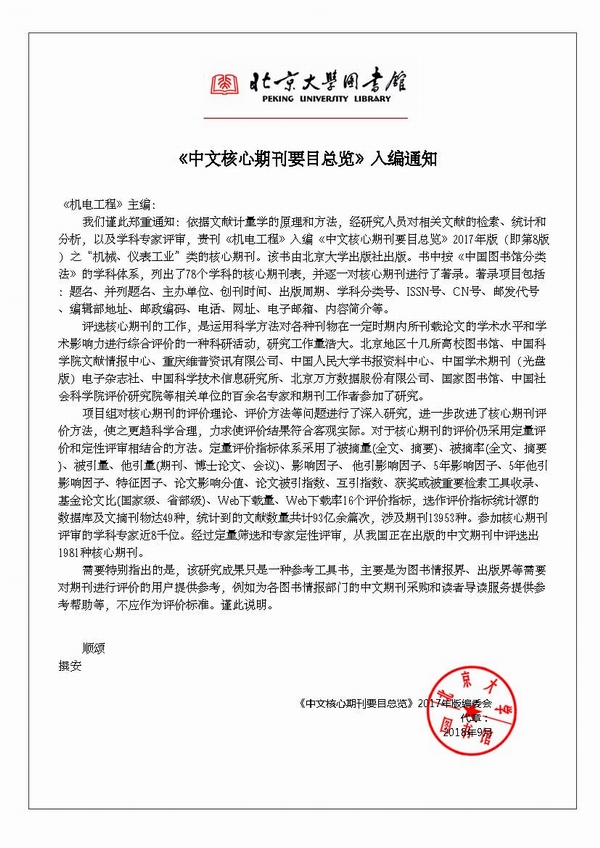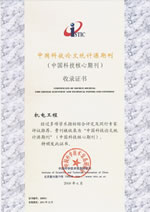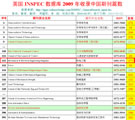
Founded in 1971 >
Chinese Sci-tech Core Periodicals >
British Science Abstracts (SA, INSPEC) Indexed Journals >
United States, Cambridge Scientific Abstract: Technology (CSA: T) Indexed Journals >
United States, Ulrich's Periodicals Directory(UPD)Indexed Journals >
United States, Cambridge Scientific Abstract: Natural Science (CSA: NS) Indexed Journals >
Poland ,Index of Copernicus(IC) Indexed Journals >
International Standard Serial Number:
ISSN 1001-4551
Sponsor:
Zhejiang University;
Zhejiang Machinery and Electrical Group
Edited by:
Editorial of Journal of Mechanical & Electrical Engineering
Chief Editor:
ZHAO Qun
Vice Chief Editor:
TANG ren-zhong,
LUO Xiang-yang
Tel:
86-571-87041360,87239525
Fax:
86-571-87239571
Add:
No.9 Gaoguannong,Daxue Road,Hangzhou,China
P.C:
310009
E-mail:
meem_contribute@163.com
Robotic assembly based on learning from demonstration and adaptive force control
CHEN Peng-fei, ZHAO Xin, ZHAO Huan
(State Key Laboratory of Digital Manufacturing Equipment and Technology,
Huazhong University of Science and Technology, Wuhan 430074, China)
Abstract: Aiming at robotic assembly of flexible automation,learning from demonstration and adaptive force control were investigated. The strategies of searching the hole by the human demonstration when the initial position of hole changed and reducing the fluctuation speed and error of contact torque error when peg in hole were induced were summarized. A method of searching the hole by using learning from demonstration and peg in hole with adaptive force control was proposed. Firstly, the trajectory was divided into two segments according to whether there existing contact force between peg and hole. Task-parameterized gaussian mixture model(TP-GMM)was used to generalize the first trajectory, then combined the second trajectory to generate new trajectory. Secondy,six degrees of freedom impedance control made robot compliant,and fuzzy adaptive control was used to change Z-axis desired contact force of impedance control. Finally, assembly task was tested on UR5 robot. The results indicate that the generated trajectory can successfully search for hole and demonstration is no need again. The fluctuation speed of contact torque around Xaxis reduces, and fluctuation error reduces by thirty percent comparing to the constant desired contact force.
Key words: robotic assembly; learning from demonstration; fuzzy adaptive impedance control; task-parameterized Gaussian mixture model (TP-GMM); torque error








